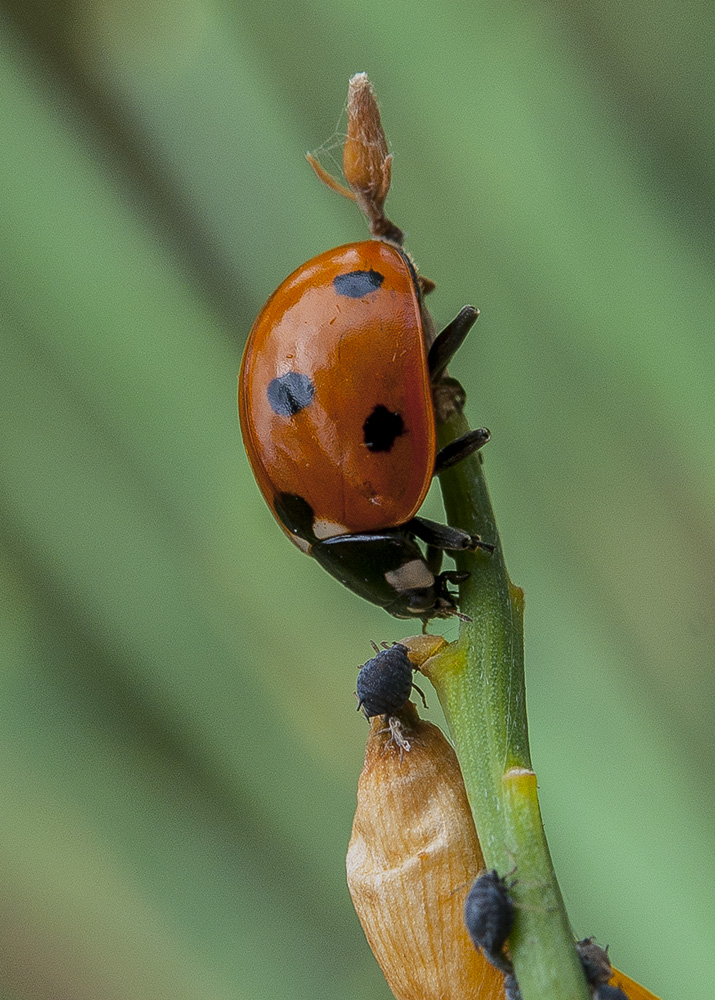

Other new records for New Brunswick were included in other papers by Webster and co-authors, Klimaszewki and co-authors, and Majka and co-authors that treated the fauna from the Maritime Provinces and Canada. Many of these new records were published in papers by Webster and co-authors, Majka and co-authors, and Klimaszewski and co-authors in the following four special ZooKeys issues: ZooKeys 2 (2008) Biodiversity, Biosystematics, and Ecology of Canadian Coleoptera, edited by Christopher Majka and Jan Klimaszewski ZooKeys 22 (2009), Biodiversity, Biosystematics, and Ecology of Canadian Coleoptera II, edited by Christopher Majka and Jan Klimaszewski ZooKeys 179 (2012) Biodiversity and Ecology of the Coleoptera of New Brunswick, Canada, edited by Robert Anderson and Jan Klimaszewski, and ZooKeys 186 (2012) Biosystematics and Ecology of Canadian Staphylinidae ( Coleoptera) II., edited by Jan Klimaszewski and Robert Anderson. Since that publication, many species have been added to the faunal list of the province, primarily from increased collection efforts and examination of specimens contained in museum collections by Christopher Majka and Reginald Webster ( Webster et al. The significance of these findings for research into the decline of native Coccinella species in the United States is discussed.The first checklist of the beetles of Canada by Bousquet (1991) listed 1,365 species from the province of New Brunswick, Canada.

All known external characters that can be used for sexing North American Coccinella species are consolidated for easy reference. Morphometric data that quantify external dimorphisms and provide evidence for the reliability of using them for sexing are reported. have males with conspicuous pale anterior coxal spots and femoral stripes that can be easily viewed, especially on mobile specimens. Additionally, most species of Coccinella L. novemnotata but is not applicable to the other species. Another, even more rapid, method uses the shape of a prominent black pronotal marking and shows promise for C. Closer examination of the species Coccinella novemnotata Herbst, Coccinella septempunctata L., Coccinella transverso guttata richardsoni Brown, and Coccinella trifasciata perplexa Mulsant has led to the discovery of a reliable and efficient way to differentiate the sexes by looking at the shape of the seventh stemite (fifth visible), and this method has been demonstrated to be 100% reliable for all four species. Research involving use of live specimens requires techniques to non-invasively determine the sex of individuals, but such methods have not been clearly or fully described in the literature. Behavioral methods can potentially lead to sex identification but are very time consuming, require exposing sexually naïve individuals to conspecifics, and risk incorrect identification since homosexual mounting in these species has been observed in the laboratory.

Coccinellids typically do not show exaggerated sexual dimorphisms, and the only reliable sexing methods for some species have been dissection and behavioral observations.


 0 kommentar(er)
0 kommentar(er)
